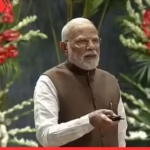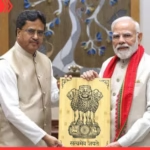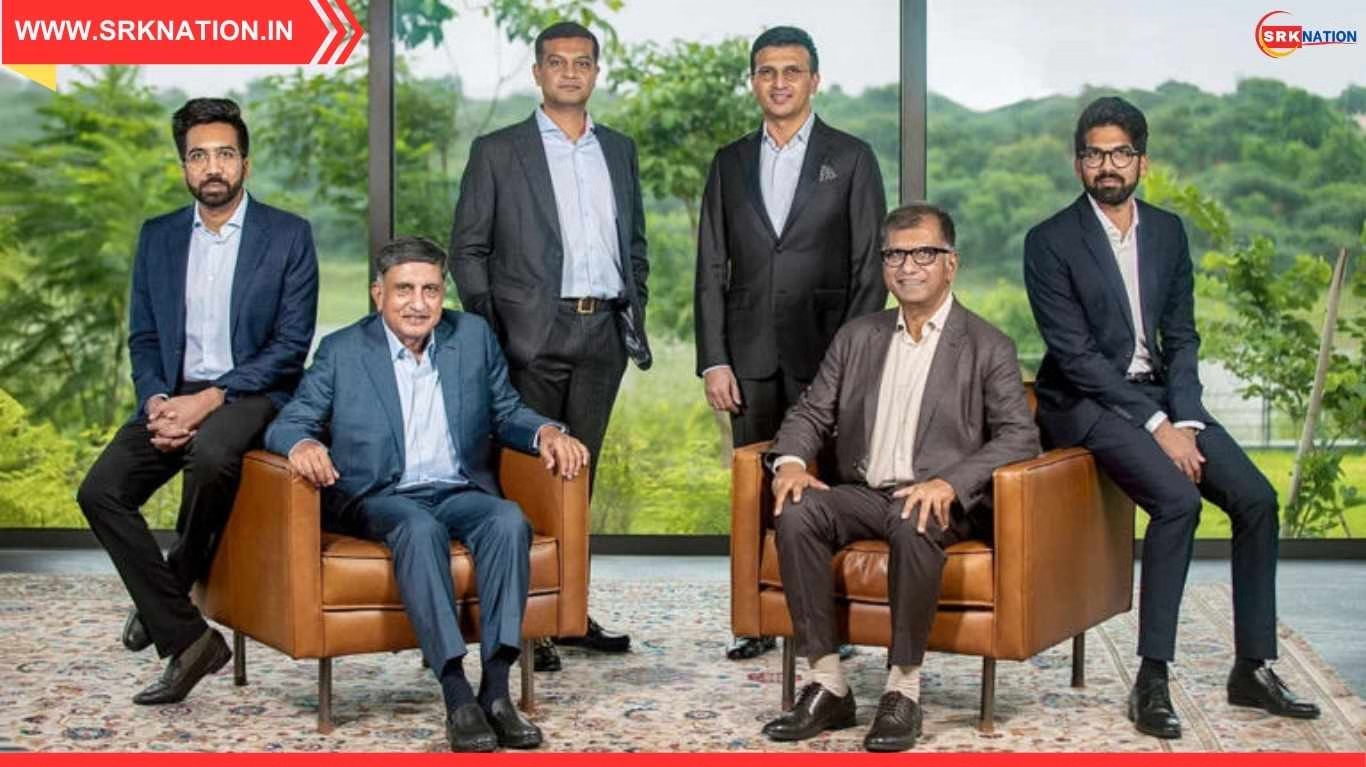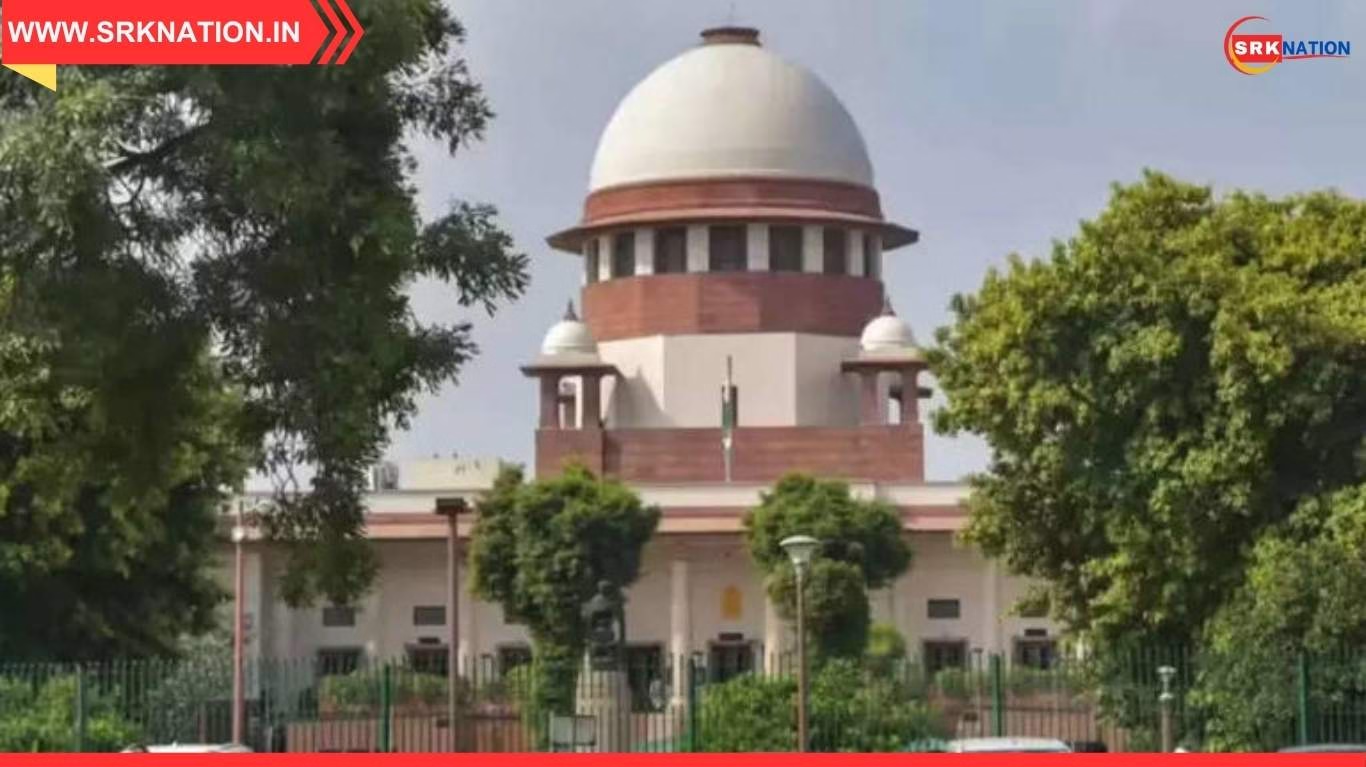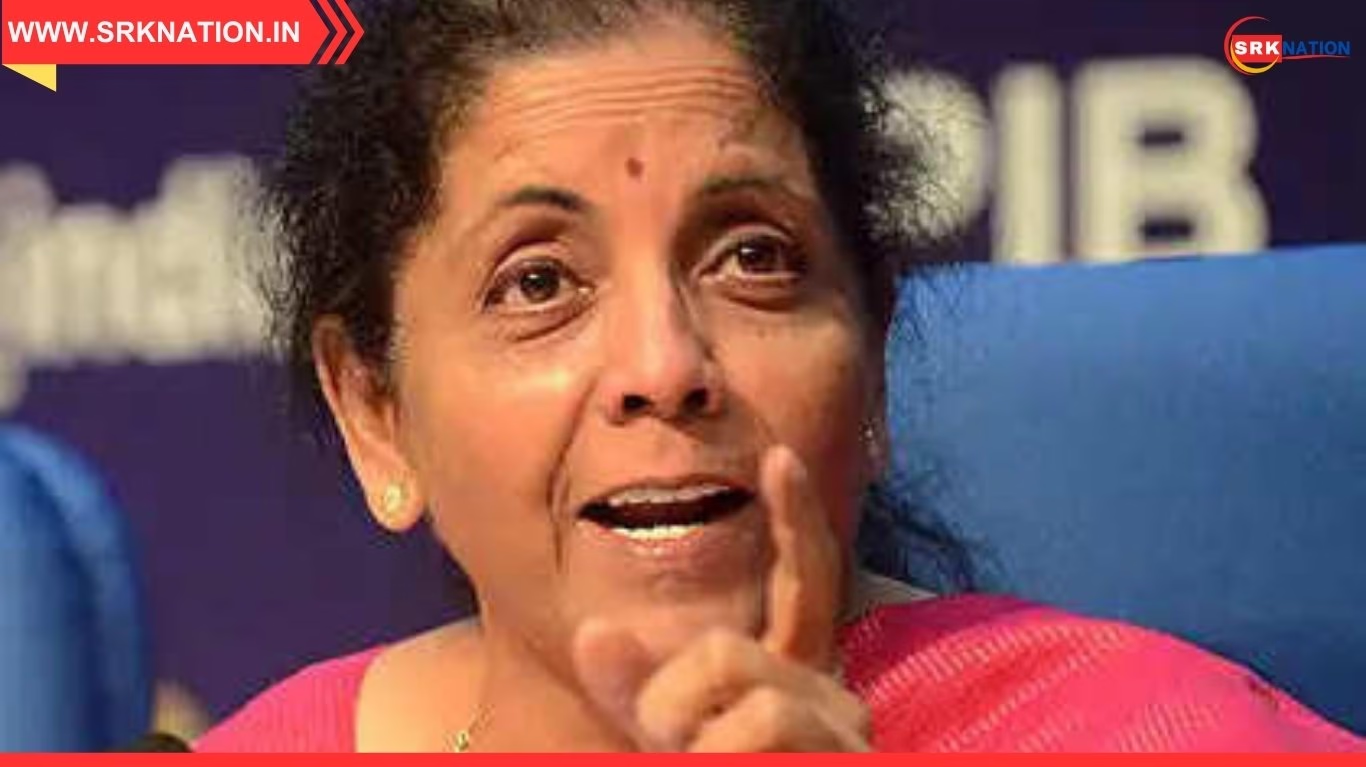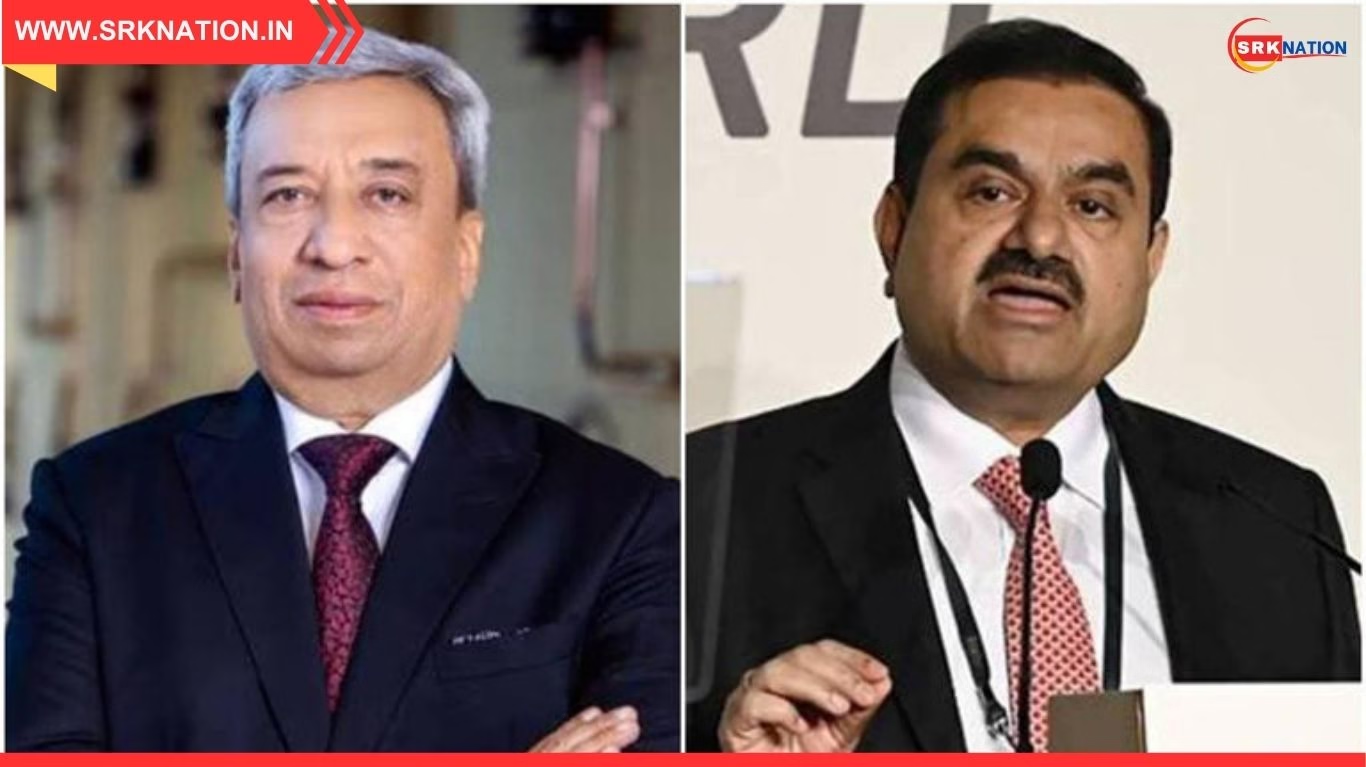Commerce and Industry Minister Piyush Goyal has revealed that India is engaged in relentless, round-the-clock negotiations for Free Trade Agreements (FTAs) with several major economies, including the United States, European Union, Chile, and Peru. Speaking at the Entrepreneur and Traders Leadership Summit on August 23, 2025, Goyal emphasized that India’s trade diplomacy is operating across global time zones—from morning discussions with Asia-Pacific nations to evening talks with the Americas.
The minister’s remarks come at a critical juncture, as India faces rising protectionism, shifting supply chains, and tariff escalations—most notably the 50% duty imposed by the US on Indian goods starting August 27. Goyal’s statement underscores India’s proactive stance in securing favorable trade terms and expanding its global footprint.
🧭 India’s Active FTA Negotiation Timeline
| Country/Region | Negotiation Status | Key Issues Being Discussed |
|---|---|---|
| United States | 5 rounds completed | Tariff rollback, digital trade, pharma |
| European Union | Ongoing since 2022 | Market access, sustainability clauses |
| Chile | Advanced stage | Agricultural exports, services |
| Peru | Early-stage talks | Mining, textiles, investment protection |
| Australia & Japan | Monitoring existing FTAs | Expansion of services and tech trade |
Goyal described the pace of talks as “subah se shaam”—morning to night—highlighting the ministry’s commitment to navigating time zones and keeping momentum alive.
📊 India’s Existing Trade Agreements and New Targets
India has already concluded FTAs with the UAE, Mauritius, Australia, the UK, and the European Free Trade Association (EFTA). The government is now aiming to expand its reach to Latin America and deepen ties with North America and Europe.
| Country/Bloc | FTA Status | Year Signed |
|---|---|---|
| UAE | Signed | 2022 |
| Australia | Signed | 2022 |
| UK | Signed | 2024 |
| EFTA | Signed | 2025 |
| Oman, New Zealand | Under discussion | Expected 2026 |
Goyal noted that “many others want to start engaging with India,” citing the country’s 1.4 billion population, resilient macroeconomic fundamentals, and contribution to 16% of global growth.
🔍 US-India Bilateral Trade Agreement: Progress and Challenges
India and the US have been negotiating a bilateral trade agreement (BTA) since March 2025. Five rounds of discussions have been completed, but the sixth round was postponed by Washington amid tariff tensions.
| Issue Area | India’s Position | US Concerns |
|---|---|---|
| Tariffs | Rollback of 50% duty | Market access for US goods |
| Digital Trade | Data sovereignty | Cross-border data flows |
| Pharmaceuticals | IP protection, pricing | Patent enforcement |
| Agriculture | Export subsidies | GMO standards, sanitary measures |
The US currently imposes a 25% duty on Indian imports, which will rise to 50% from August 27. This escalation could complicate negotiations, though both sides remain committed to finding common ground.
🧠 Strategic Importance of FTAs for India
India’s push for FTAs is driven by multiple strategic objectives:
- Diversifying export markets amid global slowdown
- Reducing dependence on China-centric supply chains
- Boosting domestic manufacturing under Atmanirbhar Bharat
- Enhancing competitiveness of Indian goods and services
| Strategic Objective | FTA Benefit |
|---|---|
| Export Diversification | Preferential access to new markets |
| Supply Chain Resilience | Alternative sourcing and partnerships |
| Manufacturing Boost | Lower input costs, tech transfer |
| Employment Generation | Expansion of labor-intensive sectors |
Goyal emphasized that FTAs are not just trade tools but instruments of economic transformation.
📉 Tariff Tensions and Global Trade Headwinds
India’s trade talks are unfolding against a backdrop of rising protectionism, geopolitical uncertainty, and tariff escalations. The US’s decision to impose a 50% duty on Indian goods is seen as a pressure tactic, while the EU’s sustainability-linked trade clauses have raised concerns among Indian exporters.
| Challenge Area | Impact on India’s Trade Strategy |
|---|---|
| US Tariff Escalation | Urgency in BTA negotiations |
| EU Green Clauses | Compliance costs for exporters |
| Latin America Volatility | Currency and regulatory risks |
| China+1 Shift | Opportunity to attract global investors |
India is positioning itself as a stable, scalable, and strategic alternative for global trade and investment.
🧠 Commerce Ministry’s 24×7 Negotiation Model
Goyal’s “subah se shaam” remark reflects the ministry’s round-the-clock engagement with global counterparts. Indian officials are reportedly working across time zones to ensure continuity and responsiveness.
| Time Zone | Partner Countries | Negotiation Focus |
|---|---|---|
| Morning (IST) | Australia, Japan | Services, tech, education |
| Afternoon (IST) | EU, UK | Market access, sustainability |
| Evening (IST) | US, Chile, Peru | Tariffs, investment, agriculture |
This model allows India to maintain momentum and adapt to the pace of global diplomacy.
📌 Conclusion
India’s trade diplomacy is in overdrive, with Commerce Minister Piyush Goyal confirming that FTA negotiations are happening “subah se shaam” with key partners like the US, EU, Chile, and Peru. As global trade dynamics shift and tariff tensions rise, India is leveraging its demographic strength, economic resilience, and strategic positioning to secure favorable trade deals.
The outcome of these negotiations will shape India’s trade architecture for decades to come—impacting everything from export growth and job creation to geopolitical influence and industrial competitiveness.
—
Disclaimer: This article is based on publicly available news reports and official statements as of August 24, 2025. It is intended for informational purposes only and does not constitute financial, legal, or diplomatic advice.

